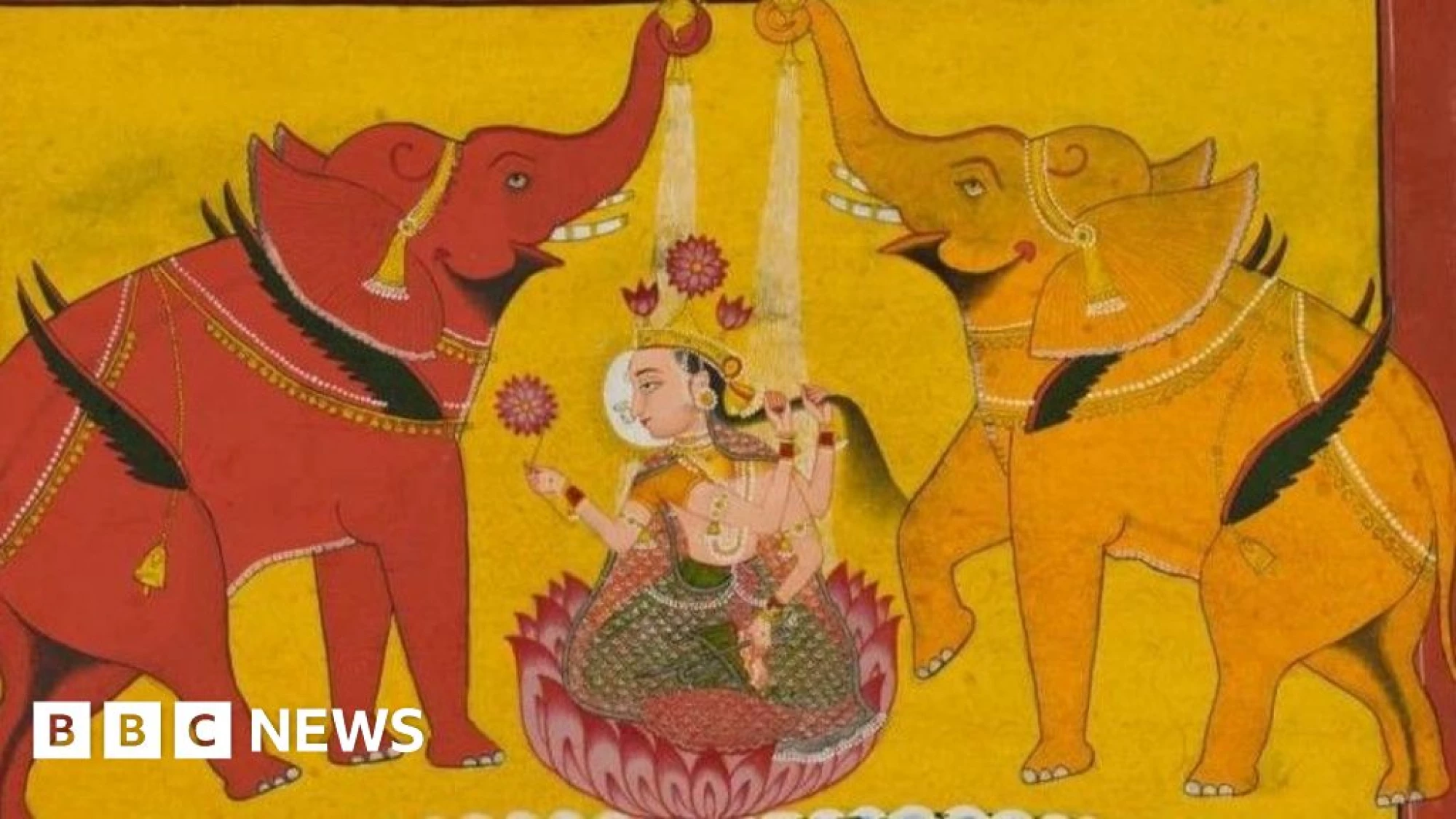Serpents to saints: The fascinating journey of India's spiritual art

A new exhibition at the British Museum in London traces the stunning evolution of India's devotional art through 189 objects.
Watch LiveBritish Broadcasting CorporationHomeNewsSportBusinessInnovationCultureArtsTravelEarthAudioVideoLiveHomeNewsIsrael-Gaza WarWar in UkraineUS & CanadaUKUK PoliticsEnglandN. IrelandN. Ireland PoliticsScotlandScotland PoliticsWalesWales PoliticsAfricaAsiaChinaIndiaAustraliaEuropeLatin AmericaMiddle EastIn PicturesBBC InDepthBBC VerifySportBusinessExecutive LoungeTechnology of BusinessFuture of BusinessInnovationTechnologyScience & HealthArtificial IntelligenceAI v the MindCultureFilm & TVMusicArt & DesignStyleBooksEntertainment NewsArtsArts in MotionTravelDestinationsAfricaAntarcticaAsiaAustralia and PacificCaribbean & BermudaCentral AmericaEuropeMiddle EastNorth AmericaSouth AmericaWorld’s TableCulture & ExperiencesAdventuresThe SpeciaListEarthNatural WondersWeather & ScienceClimate SolutionsSustainable BusinessGreen LivingAudioPodcastsRadioAudio FAQsVideoLiveLive NewsLive SportHomeNewsSportBusinessInnovationCultureArtsTravelEarthAudioVideoLiveWeatherNewslettersWatch LiveSerpents to saints: The fascinating journey of India's spiritual art 18 hours agoShareSaveNikhil InamdarBBC News, London•@Nik_inamdarShareSaveThe Trustees of the British MuseumGouache painting on paper depicting goddess Lakṣmi A new exhibition at the British Museum in London showcases the rich journey of India's spiritual art. Titled Ancient India: Living Traditions, it brings together 189 remarkable objects spanning centuries.
Visitors can explore everything from 2,000-year-old sculptures and paintings to intricate narrative panels and manuscripts, revealing the stunning evolution of spiritual expression in India.
Art from the Indian subcontinent underwent a profound transformation between 200BC and AD600. The imagery which depicted gods, goddesses, supreme preachers and enlightened souls of three ancient religions - Hinduism, Buddhism and Jainism - was reimagined from symbolic to more recognisably deriving from human form.
While the three religions shared common cultural roots - worshipping ancient nature spirits such as potent serpents or the feisty peafowl - they negotiated dramatic shifts in religious iconography during this pivotal period which continues to have contemporary relevance two millennia apart.
"Today we can't imagine the veneration of Hindu, Jain or Buddhist divine spirits or deities without a human form, can we? Which is what makes this transition so interesting," says Dr Sushma Jansari, the exhibition's curator.
https://www.bbc.com/news/articles/cq69dn77577o
Rating: 5